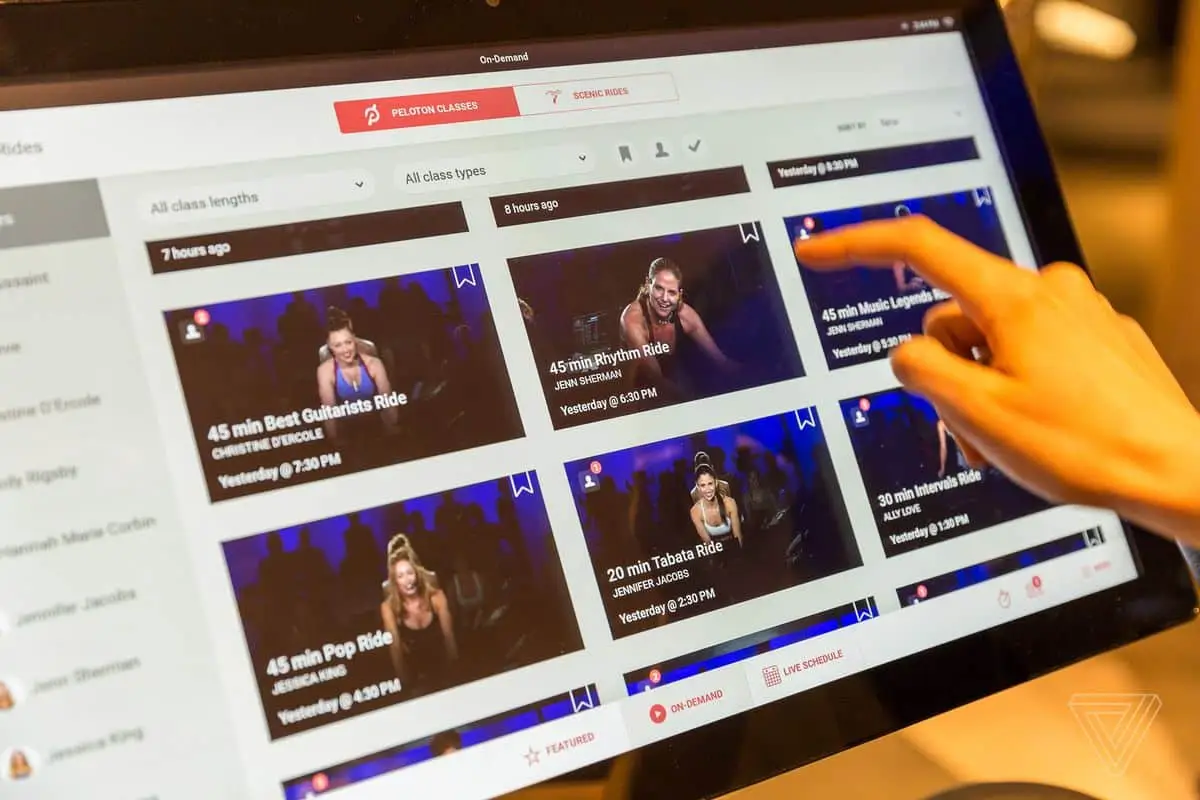
Looking to market your sports facility without overspending? Learn smart, budget-friendly strategies like social media campaigns, referral programs, and community events to attract athletes, build trust, and grow your brand effectively.”

In March 2019, the National Music Publishers Association (NMPA) sued Peloton over more than $300 million in damages from the interactive-fitness company’s alleged use of 2,468 unlicensed songs from artists including Ariana Grande, Bruno Mars, Taylor Swift, Beyonce, and many others. The NMPA alleged that Peloton violated national streaming standards and laws, as Peloton did not have the necessary public performance rights for those thousands of songs, yet was including them on the playlists for their streamed cardio classes.
To fully understand the implications of this suit, we must first understand that Peloton follows the same rules that streaming services like Apple Music and Spotify do, paying royalties to artists and record labels for rights to their songs–better understood as “sync rights”. But in addition to doing so, because Peloton uses the music as what is defined as a “live concert”, broadcasting the music to thousands of its subscribers, they must also have “public performance rights” from the music rights holders.
However, public performance rights can be difficult to obtain, even for mega companies like Peloton. Purchasing the rights to stream thousands of songs is extremely costly–in its most recent quarter, as Sangeeta Singh-Kurtz writes, Peloton made $181 million in revenue from subscriptions. Over $104 million of that was spent on subscription costs of revenue, and music royalty fees was the largest variable cost under that. While we don’t know exactly how much Peloton is paying, the filing suggests it’s not cheap.
So when costs are this astronomical, why is it still so critical to get the music right?
Don’t miss our Ultimate List of Music Streaming Services for Gyms and Studios!
Peloton’s Head of Music Paul DeGooyer, says “What interested me in Peloton is the fact that people aren’t necessarily coming here to listen to specific music. In fact, they’re coming to have a powerful experience around self betterment and in that context it defeats the whole framing mechanism about how music is perceived and delivered.”
As DeGooyer mentions, music innately stimulates different emotions, can inspire us to push harder, or aid us in ‘losing ourselves’ in the movements of our workouts. It shapes the way we perceive ourselves for the duration of our class. Music helps structure many fitness classes, often guiding the tempo of a particular routine. This plays a huge role in why music and fitness are so closely tied together.
Get the Guide to Fitness Music Streaming Services!
So when Peloton was forced to scale back their song library to accommodate only the music which they were able to license, ardent fans were rightfully outraged–arguing that it changed their whole workout experience. The Verge writes:
“Ally F.’s favorite Peloton class, a 45-minute cycling course, used to crescendo to her perfect playlist: a pleasant warmup to the tunes of Sheryl Crow before a heart-pumping climb alongside Pat Benatar’s powerhouse vocals. But today, Ally is disappointed to find that classes now feature repeats of pop songs from the Now That’s What I Call Music catalog, ruining her workout vibes. “Random songs are plopped in the middle of an otherwise consistently themed playlist,” she says, lamenting that the workouts don’t “flow like they used to.”
What’s more, in late March 2019, “Jonathon Goldman, individually and on behalf of all others similarly situated, filed a complaint…in the Los Angeles Superior Court against Peloton Interactive Inc. and Does 1-10 alleging violation of the state’s Consumer and Legal Remedies Act and other counts”, effectively counter-suing Peloton for a diminished user experience after they removed a substantial amount of songs from the playlists of their cardio classes. The case was later removed to the U.S. District Court for the Central District of California.
As Ally F. and Goldman allude to, it’s critically important to many clients and members of gyms and studios to be able to listen to carefully curated playlists that fit the flow of their class. For this reason, fitness and music need to be able to coexist in a way that makes sense for businesses.
Following the conclusion of this case, Peloton and the NMPA reached a mutually beneficial settlement to compensate creators properly, and set the foundation for a positive relationship going forward. Financial terms of the settlement were not disclosed.
As part of the agreement, Peloton and the trade association have entered into a “joint collaboration agreement and will work together to further optimize Peloton’s music-licensing systems and processes.”
Paul DeGooyer spoke on this conclusion, and what it meant for the future of the brand.
“We built a proprietary system, which we call Crescendo, that is essentially our in-house streaming service — and it has tools that are specifically designed for instructors to be able to search for music to fit [their classes]. There are search tools around [beats per minute], duration of song and some very interesting other little things, then instructors can create their own library.”
This bespoke solution shines a light on the possibilities of an intersection between fitness and music, and the way that new tech will facilitate the integration.
It’s clear that we are experiencing an advent of a new and flourishing space in the industry– intersection of home fitness and music — which, combined, created an immersive and seriously desirable boutique home workout experience.

Looking to market your sports facility without overspending? Learn smart, budget-friendly strategies like social media campaigns, referral programs, and community events to attract athletes, build trust, and grow your brand effectively.”

Why detailed budgets are important for sports businesses, how to create budgets, and a free sports budget template. Have you ever wanted a simple excel template to budget for your sports business? A budget projection that provides the basics like revenue and expense estimates so you can arrive at projected profitability? Our free budget template was put together with the help of a national facility franchise and contains additional input from our customer’s feedback.